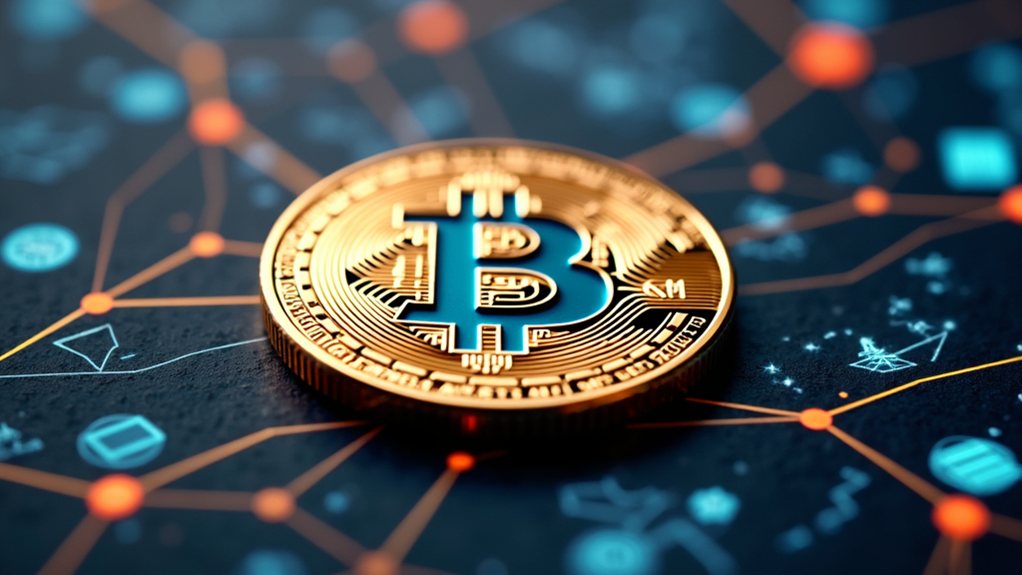SOL is the native cryptocurrency of the Solana blockchain, launched in 2020 by Anatoly Yakovenko. It's known for its fast transaction processing capability of up to 65,000 transactions per second at costs under one penny. SOL powers over 350 applications including exchanges, NFT marketplaces, and games. It's among the top 10 cryptocurrencies by market value, reaching a peak of $260.06 in 2021. The Solana ecosystem continues to expand despite reliability challenges.

SOL crypto, the native digital currency of the Solana blockchain, has rapidly emerged as one of the top 10 cryptocurrencies by market value since its 2020 launch. Created by Anatoly Yakovenko, SOL serves as the fuel for operations on the Solana network. Users pay for transactions with SOL, and the currency plays a key role in the network's security and operation.
Solana stands out in the crowded crypto field due to its impressive technical capabilities. The network uses a unique approach called Proof of History (PoH), which works alongside a more traditional method known as Tower BFT. This combination allows Solana to process up to 65,000 transactions per second, far more than older blockchain networks. Solana's architecture originally aimed to enhance blockchain scalability with capacity for processing over 710,000 TPS. Transactions on Solana typically cost less than one penny, making it affordable for everyday use.
Solana's Proof of History technology delivers lightning-fast transactions at pennies on the dollar, leaving traditional blockchains in the dust.
The speed and low costs of Solana have attracted many projects to build on its platform. Over 350 applications now use Solana's technology. These include exchanges where users can trade assets, marketplaces for digital art (NFTs), games, and financial services. SOL is also utilized for staking and governance within the Solana ecosystem, enabling token holders to participate in network validation and decision-making. This growing ecosystem has helped drive demand for SOL tokens.
SOL has seen dramatic price changes since its launch. The token reached its highest price of $260.06 in November 2021. As of July 2023, SOL had a total market value of $24.5 billion. On an average day, about $1.2 billion worth of SOL changes hands on trading platforms. Investors can buy and sell SOL on most major crypto exchanges.
Despite its success, Solana faces several challenges. The network has experienced multiple outages, raising concerns about its reliability. Critics also point out that running a Solana node requires powerful computer hardware, which could lead to fewer people being able to participate in network operations. This situation might make the system less decentralized than ideal.
The Solana community works actively to address these issues. The Solana Foundation provides funding for new projects and holds regular events to encourage developer participation. Network upgrades aim to improve stability and performance. The platform continues to form partnerships with companies in both technology and finance sectors.
Looking ahead, Solana's team plans to focus on making the network more stable and scalable. They're developing new solutions to handle even more transactions and working to integrate with traditional financial systems. The growth of NFTs and financial applications on Solana suggests continued interest in the platform.
For investors and users alike, SOL represents a bet on high-speed, low-cost blockchain technology. While facing competition from other advanced platforms and potential regulatory challenges, Solana's technical advantages have secured its position as a major player in the cryptocurrency landscape.
Frequently Asked Questions
How Does Solana Compare to Ethereum in Transaction Speed?
Solana greatly outpaces Ethereum in transaction speed.
While Solana processes 2,000-3,000 transactions per second (TPS) in practice with theoretical limits of 65,000 TPS, Ethereum manages only 12-15 TPS.
Solana's blocks are created every 400 milliseconds compared to Ethereum's 12-14 seconds.
Transaction finality is also faster on Solana at 1-2 seconds versus Ethereum's 6 minutes.
Even with Ethereum's Layer 2 solutions, Solana maintains its speed advantage.
What Security Risks Are Associated With Investing in SOL?
Investors in Solana face several security risks.
The network experienced 14 outages in 2022, with one lasting 7 hours. Smart contract vulnerabilities have led to major hacks, including the $320M Wormhole exploit.
The ecosystem suffered multiple attacks, like the $100M Mango Markets theft. Centralization concerns exist with only about 2,400 validators compared to Ethereum's 440,000+.
These issues can impact fund accessibility and investment value.
Can SOL Be Staked for Passive Income?
Yes, SOL can be staked for passive income on the Solana network.
Investors can delegate their tokens to validators and earn rewards typically between 5-7% APY. There's no minimum amount required to stake.
The process involves setting up a Solana-compatible wallet, selecting a validator, and choosing how much SOL to stake.
Rewards can be claimed automatically or manually. Staking also helps secure the Solana blockchain.
How Is Solana's Energy Consumption Compared to Other Blockchains?
Solana's energy consumption is remarkably low compared to other blockchains.
It uses only 0.0067 watt-hours per transaction through its Proof-of-History and Proof-of-Stake mechanisms. This makes Solana far more efficient than Bitcoin, which consumes about 1,319 kWh per transaction.
It's also more efficient than VISA (0.00148 kWh) and comparable to other eco-friendly blockchains like Cardano and Polkadot.
What Major Companies or Projects Are Building on Solana?
Numerous major projects are building on Solana.
DeFi protocols include Serum, Raydium, and Saber.
Popular NFT marketplaces Magic Eden and Solanart have established strong presences.
In gaming, Star Atlas and Aurory are developing immersive experiences.
Infrastructure providers like Phantom wallet and Pyth Network create essential tools.
FTX, before its collapse, heavily backed Solana development.
These projects leverage Solana's speed and low transaction costs.










